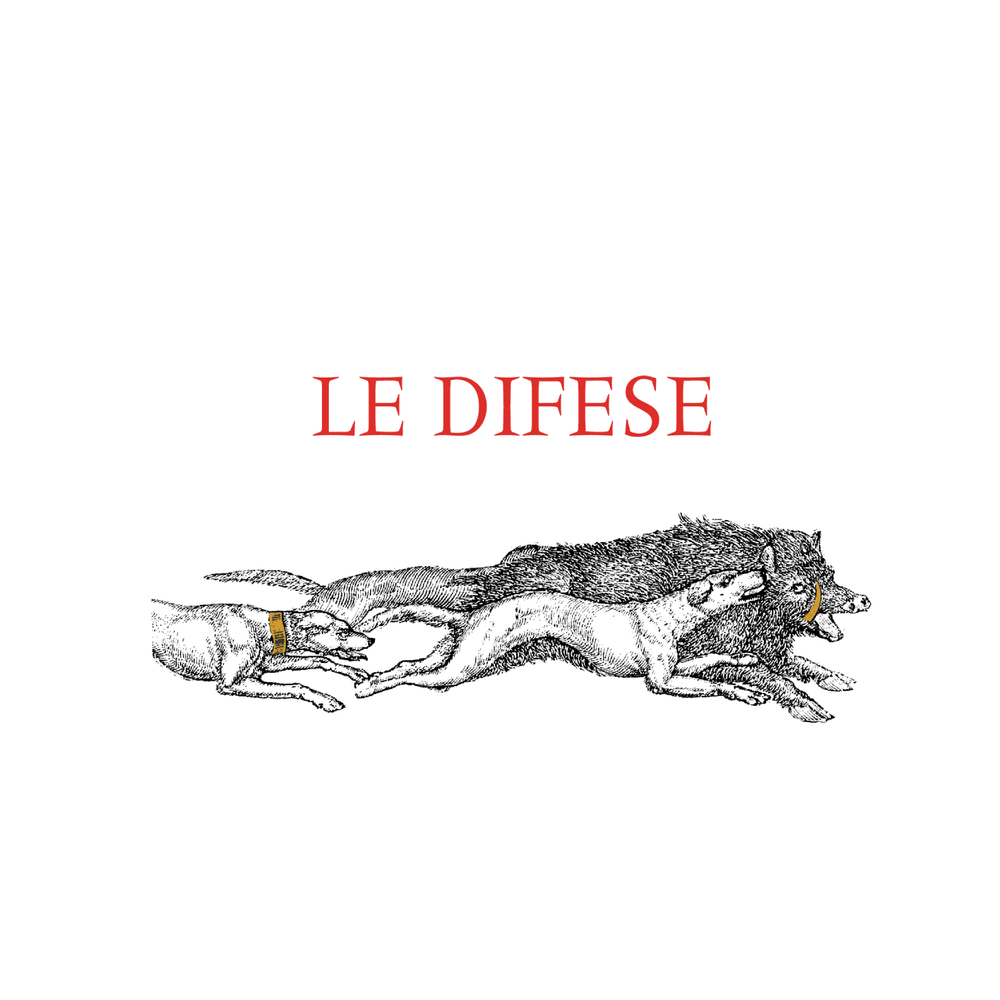Data Sheet
LE DIFESE 2011
CLASSIFICATION
IGT - Toscana
FIRST VINTAGE ON THE MARKET
2002
GRAPES
Cabernet Sauvignon, Sangiovese

Le Difese
SOIL STYLE
The soils on which the vineyards stand has varied and complex terrain features with a strong presence of limestone, feature areas rich in marl and pebbles as well as being partly clayey; they sit at an altitude of between 100 and 300 metres above sea level, with a south/south-west exposure.
WEATHER TRENDS
The weather in 2011 was very good. It can be considered one of the best vintages since 2000. The winter was harsh, with temperatures below the seasonal average, especially in November and January. Spring started early with mild temperatures and excellent water supply with gradual rainfall without wind. This favoured an excellent vegetative development of the plants to the benefit of the production. The summer was hot and long, but with temperatures in the seasonal averages, except for July, when the heat was more noticeable, but with a good temperature variation between night and day that prevented water stress on the plants and over-ripening of the grapes.
HARVESTING
The ripening of the grapes was regular, allowing the harvest to begin in early September and be completed around mid-October. The grapes arrived at maturity healthy, with plump, crisp berries.
FERMENTATION
Careful selection and sorting of the bunches by hand. Soft destemming of the grapes.
Primary fermentation took place in stainless steel vats at a controlled temperature (27-28°C). Maceration on the skins for 13-15 days for the Cabernet Sauvignon and for about 14-18 days for the Sangiovese, with successive phases of pumping over and frequent deléstage to stimulate aromatic extraction and soften the tannins. Malolactic fermentation was carried out in steel and concluded towards the end of November.
AGEING
At the end of the malolactic fermentation, the wine remains in steel for about 3-4 months and temperatures are kept around 10 ° C. Periodic decanting is carried out to eliminate the sediments. The wine then undergoes an aging in wood, with French oak barriques previously used for Sassicaia and Guidalberto, for an average period ranging from 6 to 8 months. At the end of the aging period in wood, the wine returns into the steel tanks where the temperature is stabilized for about 20 days at around 4-5 ° C for the necessary tartaric stabilization, before bottling.